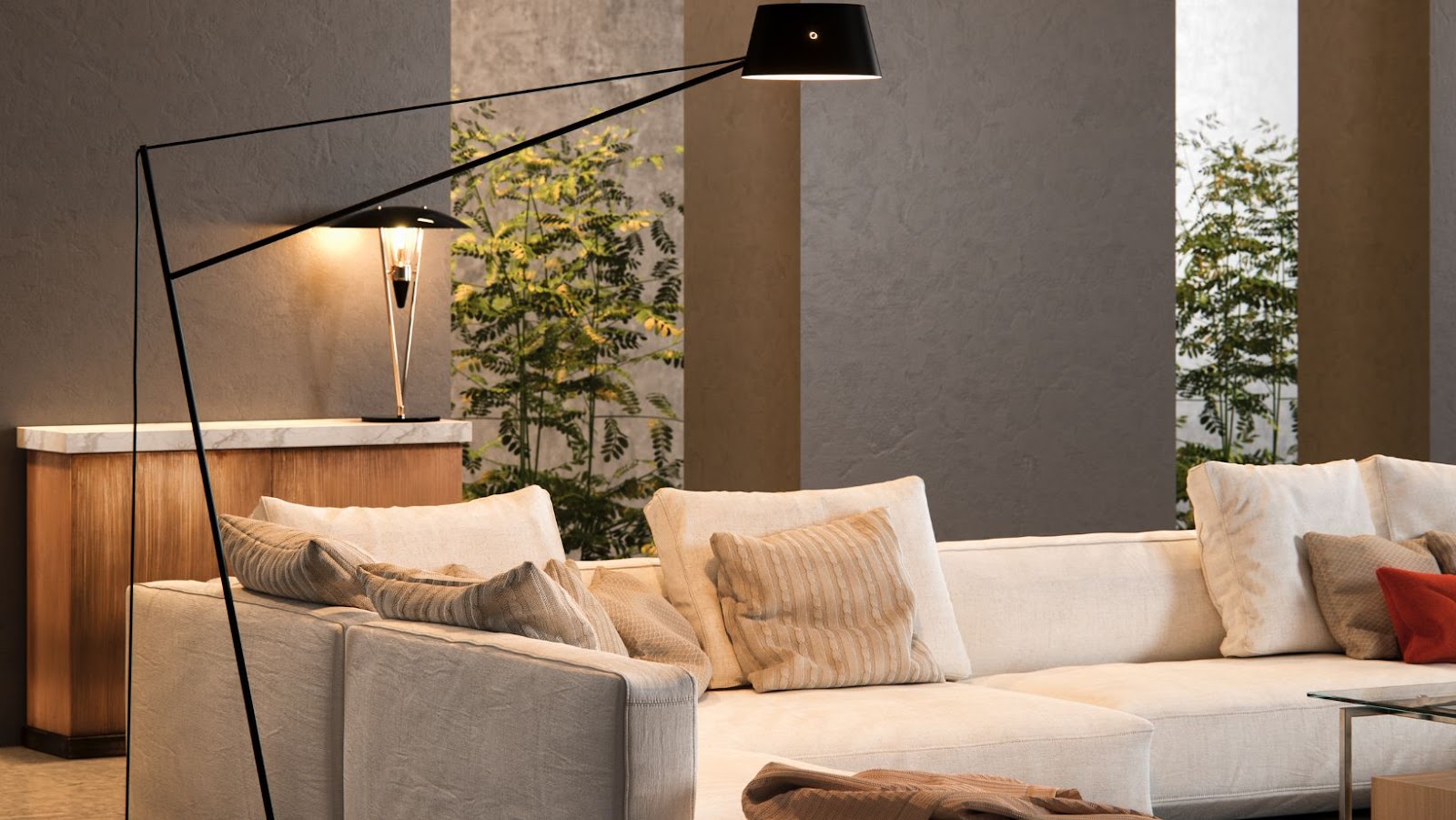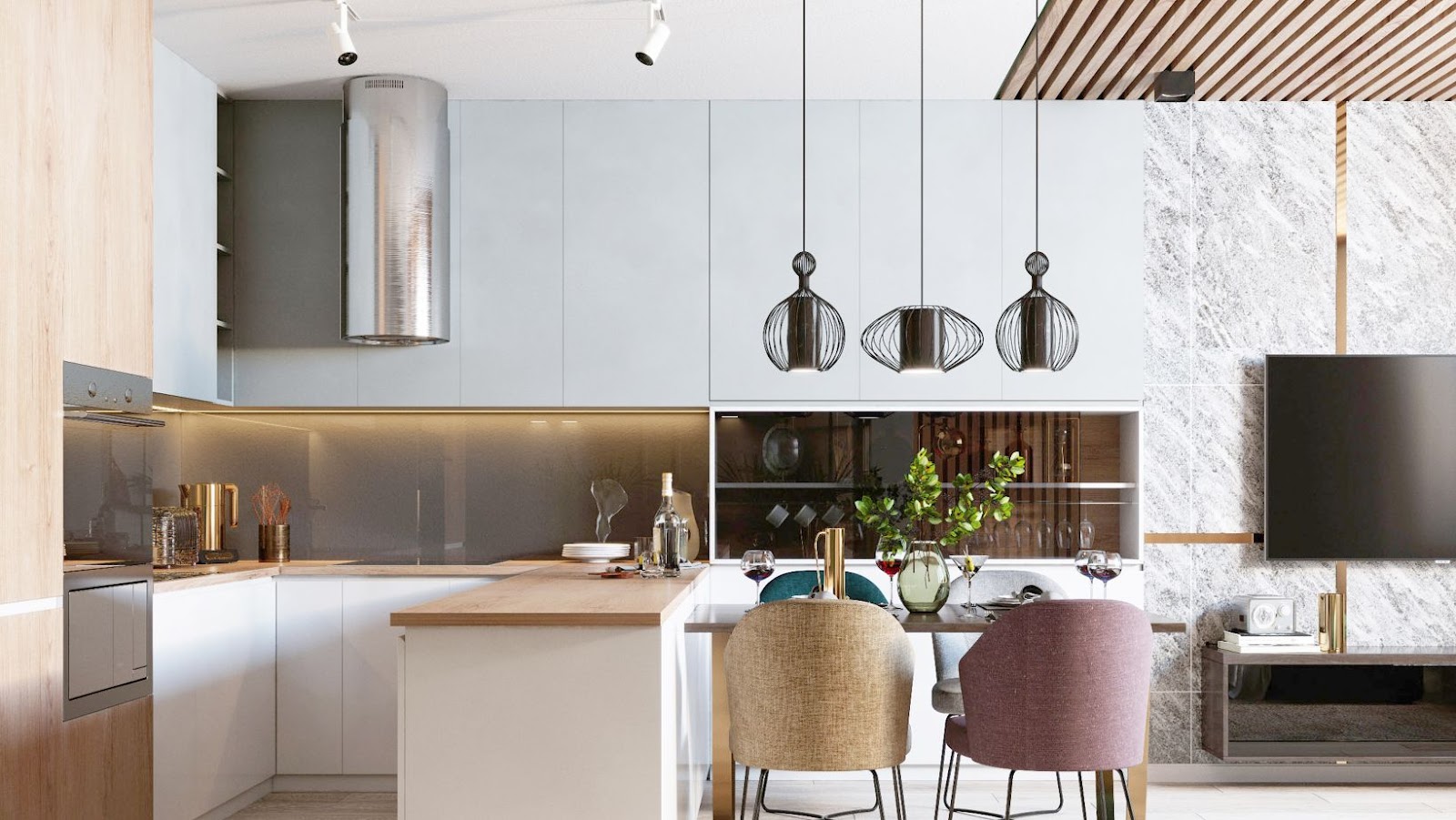Ultimate Guide to Minimalist Interior Design: Tips for a Clutter-Free Space
 Minimalist Interior Design
Minimalist Interior Design
Understanding Minimalism
Minimalist interior design is rooted in the concept of simplicity and essentialism. It’s much more than a mere aesthetic choice; it represents a philosophy that less is indeed more. At its core, minimalism is about prioritizing functionality and eliminating unnecessary clutter. This design philosophy encourages people to live with only the essentials, creating spaces that are devoid of excess but full of purpose. In minimalist interior design, every piece of furniture and décor has its place and reason, contributing to the overall tranquility and coherence of the space.
Key Elements of Minimalist Design
To truly grasp minimalist interior design, it’s vital to understand its key elements. These components work together to create serene and harmonious environments:
- Simplicity in Form and Function: Furniture and objects in a minimalist space are picked for their functionality while boasting simple, clean lines. There’s a strong emphasis on open, uncluttered spaces that promote a sense of calm and freedom.
- Monochromatic Color Palette: Minimalist designs often feature a monochromatic color scheme, with varying shades of the same color used to create depth and interest. Neutral colors like white, beige, and gray are popular choices as they help to reflect light and make spaces appear larger.
- Quality over Quantity: In minimalist interior design, the focus is on the quality of each piece rather than the quantity. Selecting high-quality items means that not only do the pieces last longer, but they also add a touch of luxury and elegance to the space.
- Natural Light: Maximizing natural light is another crucial element. Large windows, sheer curtains, and strategically placed mirrors help to enhance the brightness and openness of a room.
- Minimal Decor: Decorations are kept to a minimum, with each item carefully selected to complement the space’s aesthetics and functionality. This might include a single piece of art, a few strategically placed plants, or a minimalist sculpture.
Benefits of Minimalist Interior Design
Adopting a minimalist approach to interior design comes with a multitude of benefits, both aesthetic and practical:
- Increased Space and Light: By minimizing clutter and furniture, spaces inherently feel larger and more open. The strategic use of color and natural light further enhances this effect, creating environments that feel expansive and inviting.
- Reduced Stress and Distraction: Clutter can be a significant source of stress and distraction. Minimalist spaces, by contrast, promote concentration and a sense of peace, making them ideal for rest and productivity.
- Time and Cost Efficiency: Minimalism also translates to efficiency. With fewer items to maintain and clean, homeowners can save time and money. Additionally, investing in fewer, high-quality pieces means resources are allocated more wisely, potentially leading to long-term savings.
- Flexibility: A minimalist design offers flexibility. With a simple base, it’s easy to update the interior’s look without overhauling the entire design. Whether it’s changing a few decorative pieces or adding a pop of color, modifying a minimalist space is straightforward and cost-effective.
 Incorporating Minimalist Design in Different Spaces
Incorporating Minimalist Design in Different Spaces
Minimalist interior design thrives on the principle of less is more, and this ethos can be beautifully applied across different areas of a home, each with its unique function and potential for decluttering. By focusing on space, color, and quality, homeowners can embrace minimalism in a way that enhances both aesthetics and functionality in every corner of their dwelling.
Living Room
In the living room, simplicity reigns supreme. Homeowners can opt for sleek, functional furniture with clean lines, emphasizing space and light. A monochromatic color scheme, possibly with subtle textures or a single accent color, can tie the room together without overwhelming the senses. Essential decor items that double as conversation pieces or meaningful artwork can add depth without clutter.
 Kitchen and Dining Area
Kitchen and Dining Area
The kitchen and dining area benefit greatly from minimalist principles by prioritizing efficiency and cleanliness. Open shelving, hidden storage, and integrated appliances help maintain a tidy appearance while ensuring everything has a practical place. A minimalist kitchen is not just about looks; it’s about creating a functional space that makes cooking and dining a stress-free experience.
Bedroom
For the bedroom, the focus should be on creating a tranquil retreat. A minimalist approach involves choosing a subdued color palette and essential furniture pieces like a bed, nightstands, and appropriate lighting. The goal is to eliminate unnecessary items that can disrupt the peace and calm of the space, ensuring a restful night’s sleep.